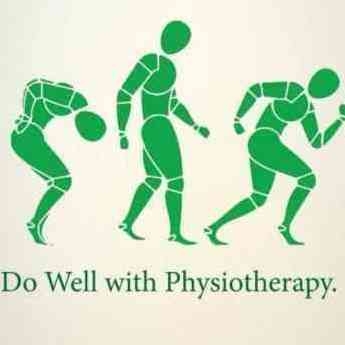+918042754929

This is your website preview.
Currently it only shows your basic business info. Start adding relevant business details such as description, images and products or services to gain your customers attention by using Boost 360 android app / iOS App / web portal.
PATELLAR TENDINOPATHY — 📌What is Patellar Tendi...
PATELLAR TENDINOPATHY — 📌What is Patellar Tendinopathy? . It is a clinical diagnosis given to individuals who are experiencing pinpoint pain at their patellar tendon that is associated with changes in load. This can be affected by the magnitude of the load (weight) or the rate at which it is applied (speed). Let’s look at an example. . For someone who truly has patellar tendinopathy, we would expect a single leg squat to bother their knee more than a double leg squat because the amount of load it is experiencing is higher. We can take this one step further. We would expect a single leg landing to bother their knee more than a single leg squat because the magnitude and the rate at which it is applied are higher. . 📌Treatment . With patellar tendinopathy, the dose makes the poison. A certain degree of load is currently making your symptoms worse, but a certain degree of load is going to make the symptoms better. We call this load management. There are absolutely no alternative treatments for this condition. You have to restore full neuromuscular function through an appropriate plan of care. . 📌Exercises . Exercise selection exists on a continuum with the middle and end consisting of jumping, landing, and return to sport. The early aspect of that continuum is targeted strengthening exercises. We used to think that isometrics were a right of passage, but we now know that they are just another form of loading that can applied in a very controlled manner. Read through each exercise carefully and then we’ll have a discussion. . 📌Exercise Prescription . Based on our previous discussion, which exercises will be most demanding? Well, you don’t have to control for the rate of application here that eliminates one part of the equation. We are just looking at the magnitude of the load. A weighted, heel elevated, or single leg variation will be harder than a double leg variation. All three combined make it even harder. . 📌Goal . The early goal of rehab is to build strength and tolerance of the knee extensor complex (quads and patellar tendon). The most important thing is that you try to keep the difficulty at a 7/10 to truly load the patellar tendon. Then find the appropriate sets and frequency per week that work for you. An example would be 3-5 sets of 30-45 seconds 3-4x week for one of these movements.

